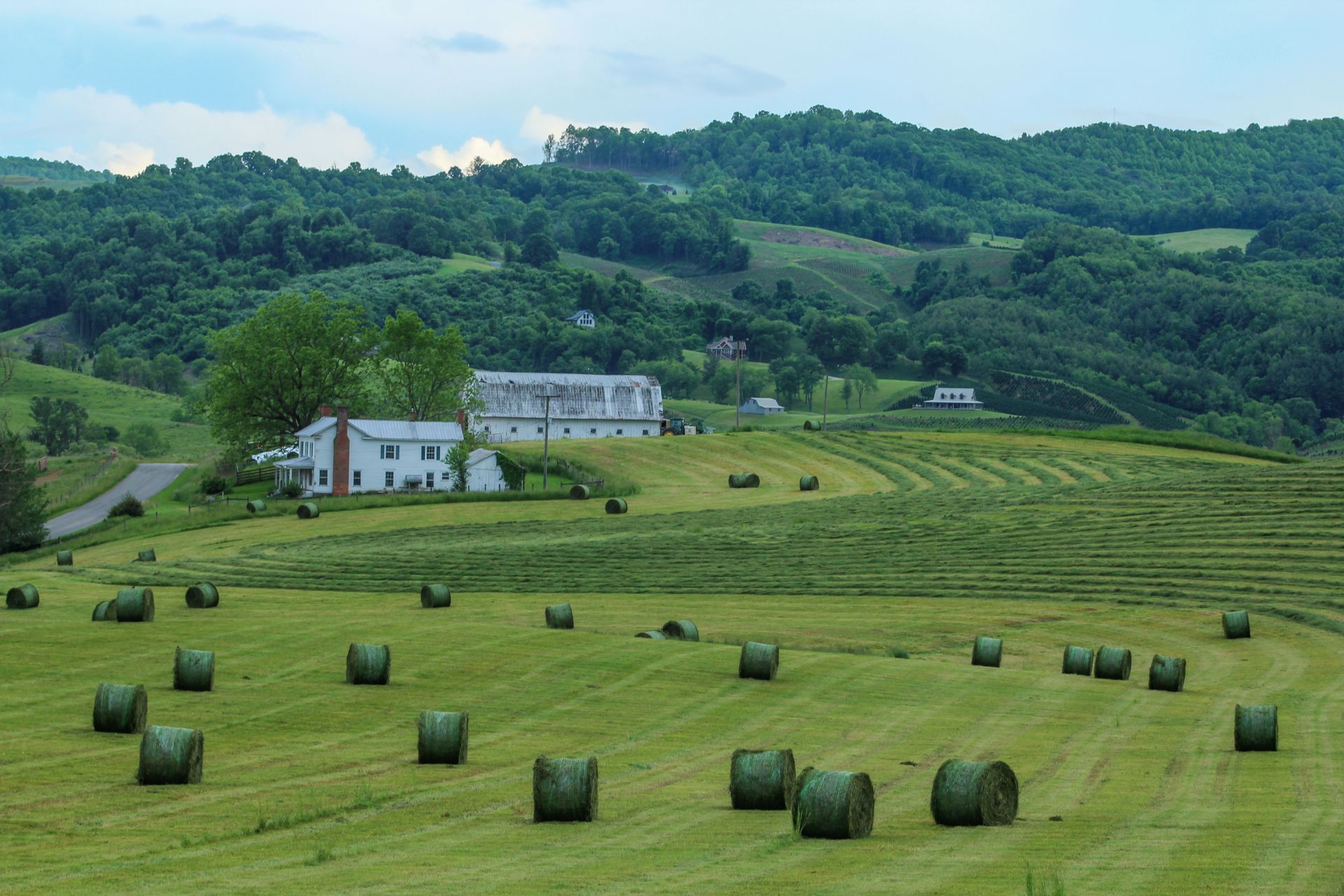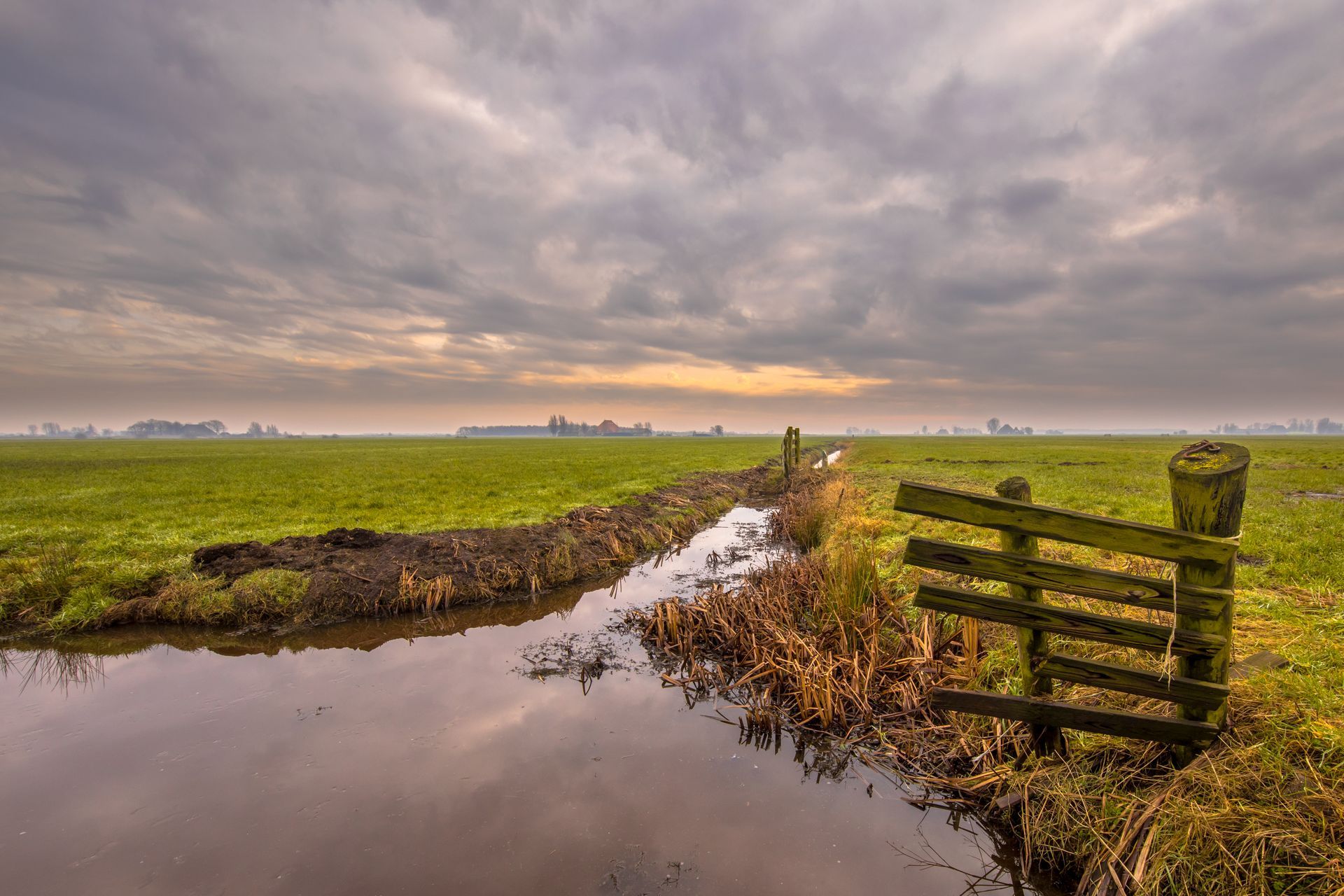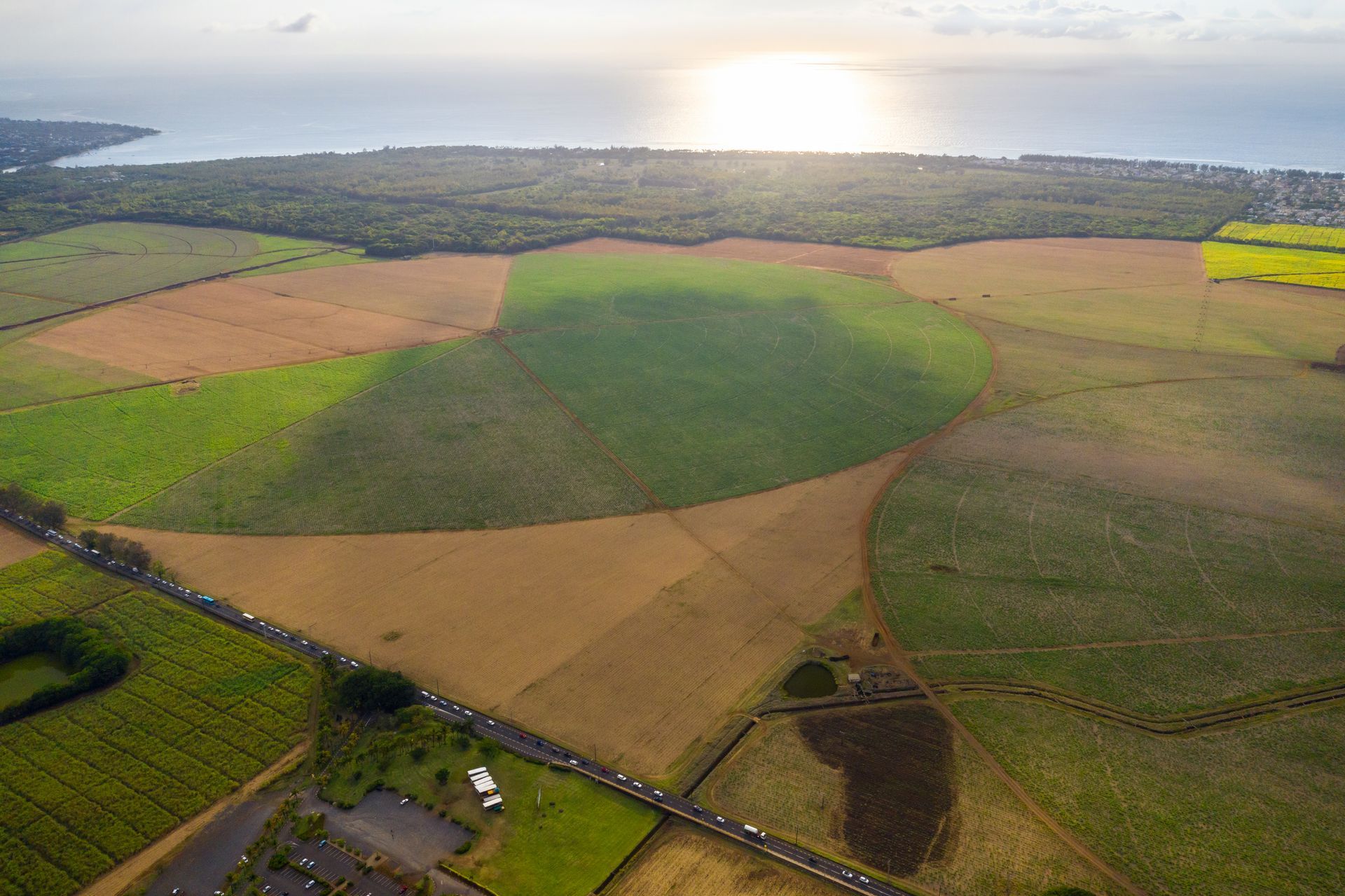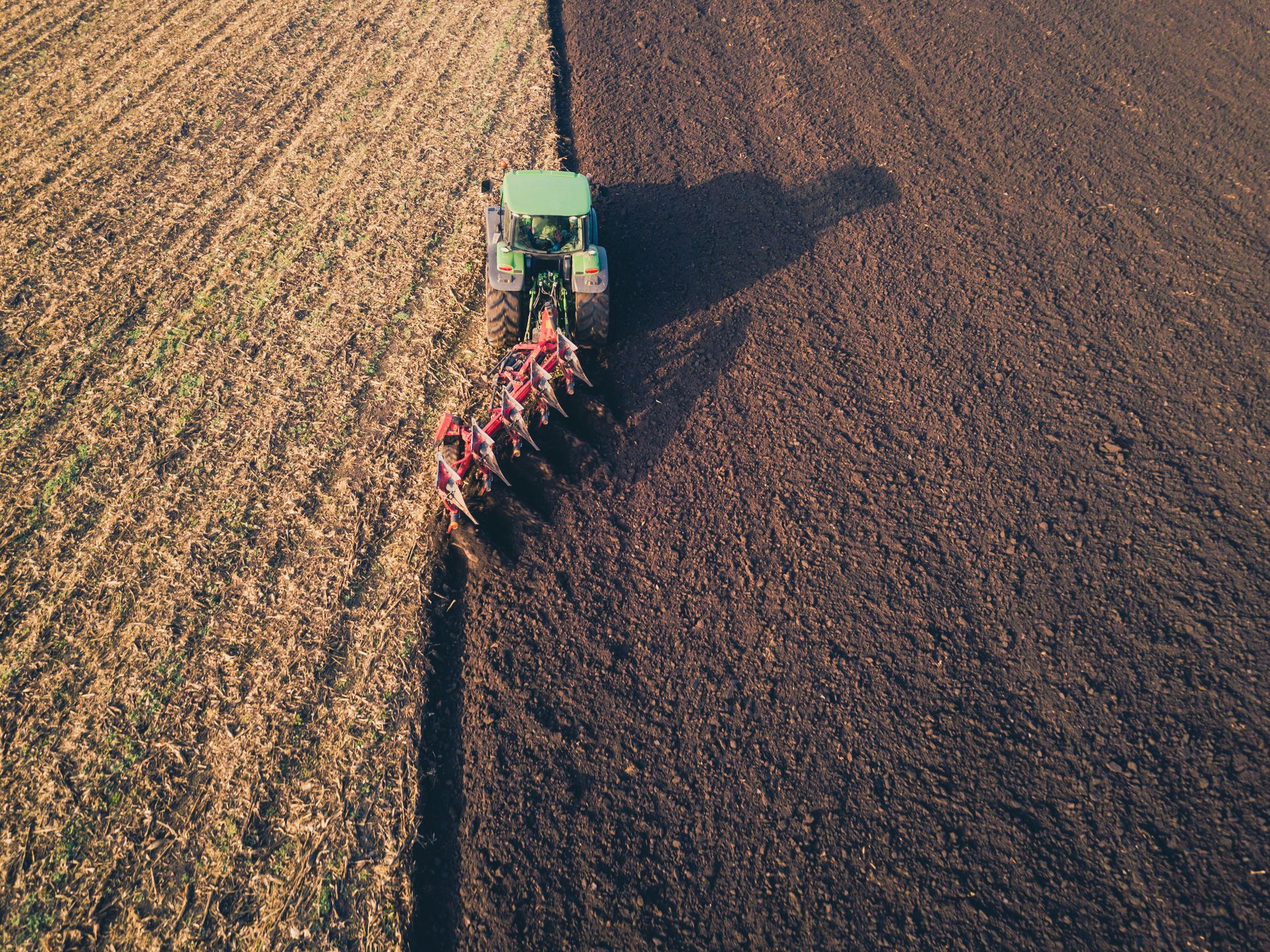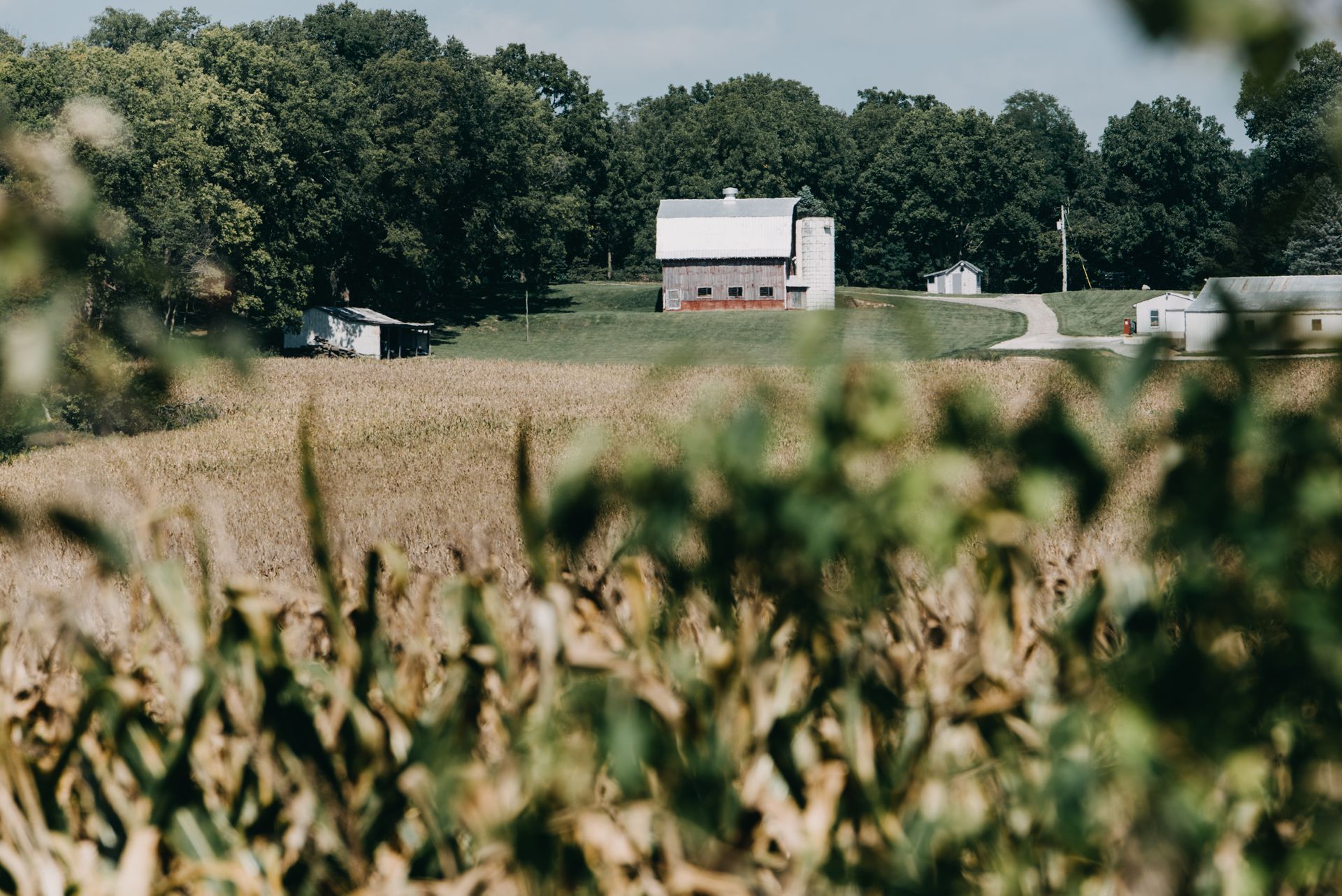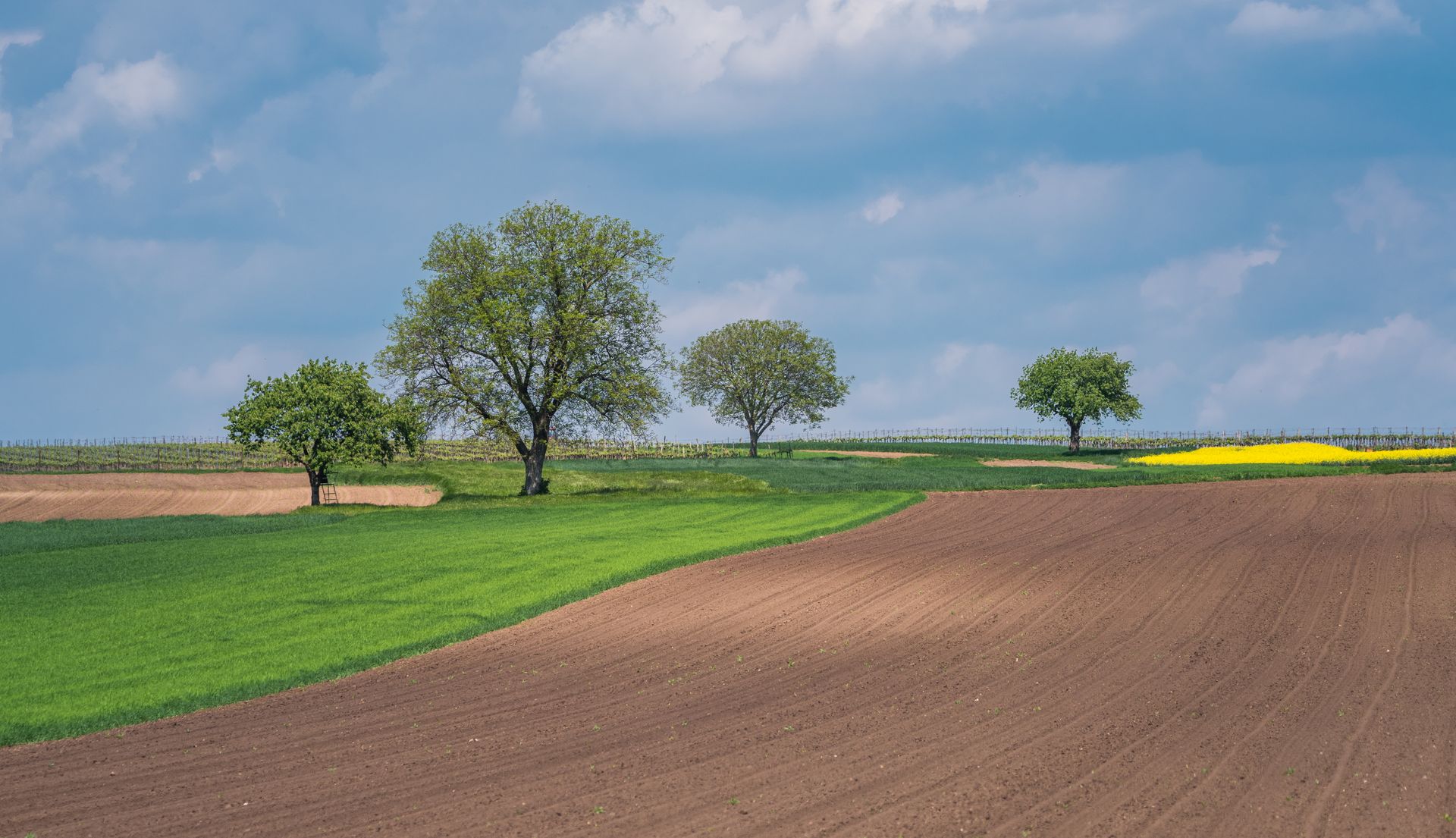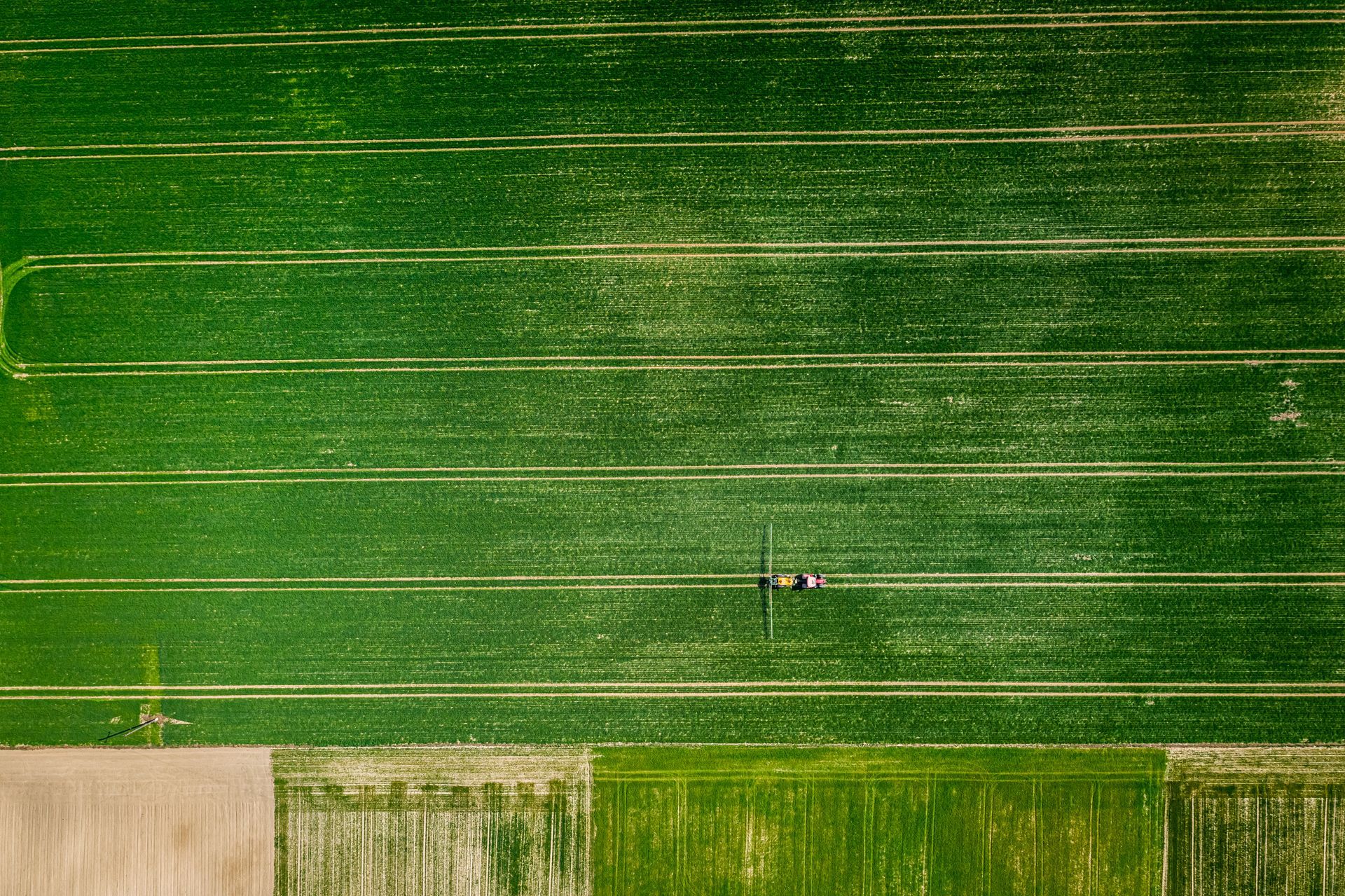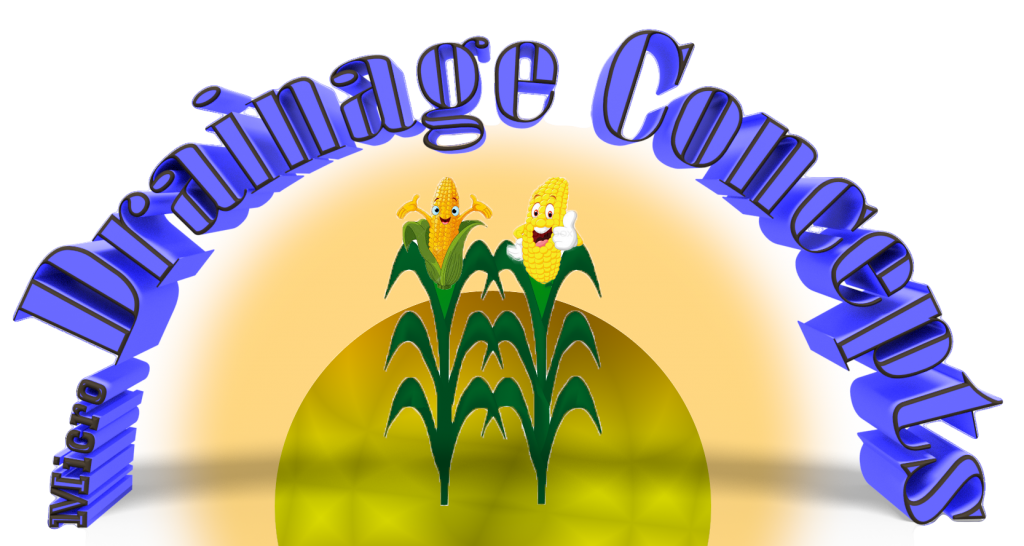When farmers think about optimizing their land, the choice between traditional tillage and conservation practices like no-till or strip-till often comes to mind. However, a crucial element often overlooked is the impact of water management within these systems. Richland Micro Drainage understands that effective drainage is key to success regardless of your approach, and we are experts at tailoring solutions for all farming methods.
Farmers in regions like Ohio and surrounding states frequently weigh the pros and cons of comparing strip-till and no-till methods for corn production. Both are conservation tillage practices that reduce soil disturbance compared to conventional methods, but they differ significantly in their approach and impact on corn yields.
No-Till: Benefits and Challenges for Corn
No-till involves planting directly into undisturbed soil, leaving all crop residue on the surface. This method excels at soil erosion control, building organic matter, and improving water infiltration over the long term. It also significantly reduces fuel and labor costs. However, for corn production, particularly in the colder, wetter soils common in early Ohio spring, no-till can present challenges. Slower soil warming and delayed emergence can occur, potentially leading to reduced early growth and sometimes lower yields compared to tilled systems. Nutrient stratification, where essential nutrients remain near the surface, can also be an issue.
Strip-Till: The Advantage for Corn Yields
Strip-till farming offers a compelling alternative, often striking a balance between intense tillage and full no-till. It involves tilling only narrow strips (typically 6-10 inches wide and 4-8 inches deep) where corn will be planted, leaving the soil between the rows undisturbed. This method addresses some of the no-till challenges by providing a warmer, drier, and more mellow seedbed for rapid corn germination and early growth. This head start can be critical for corn in cooler spring conditions.
So, how strip-till farming improves soil health and crop yields is multifaceted. The tilled strip provides ideal conditions for planting and allows for precise, deep placement of fertilizer directly in the root zone, improving nutrient efficiency. Meanwhile, the undisturbed areas between rows maintain beneficial residue cover for erosion control and moisture conservation, mimicking many no-till benefits for farmers. Many Ohio farmers report that strip-till vs. no-till often shows strip-till farming leading to higher corn yields, especially in heavy, poorly drained soils or during cool, wet springs.
Richland Micro Drainage: Enhancing Both Methods for Optimal Corn Production
Richland Micro Drainage understands that whether you lean towards strip-till vs. no-till for your corn production, effective water management is non-negotiable. Our micro drainage solutions are designed to enhance the inherent benefits of either system:
- For No-Till: Our systems ensure that even undisturbed fields have efficient subsurface drainage, preventing saturation that can hinder biological activity and lead to colder, wetter seedbeds. This helps alleviate some common challenges for no-till corn in less-than-ideal spring conditions.
- For Strip-Till: We ensure the tilled strips drain optimally, allowing them to warm and dry out even faster, maximizing the "express lane" benefits that strip-till farming offers for corn emergence. Our solutions prevent water from collecting in the tilled strips, which could otherwise lead to erosion.
Richland Micro Drainage helps you maximize how strip-till farming improves soil health and crop yields by providing the ideal water conditions. By implementing our proven drainage solutions, farmers engaged in comparing strip-till and no-till methods for corn production can achieve superior results, leading to healthier soil and more profitable harvests in Ohio and across the Midwest. Contact us to discuss your farm's unique needs.
